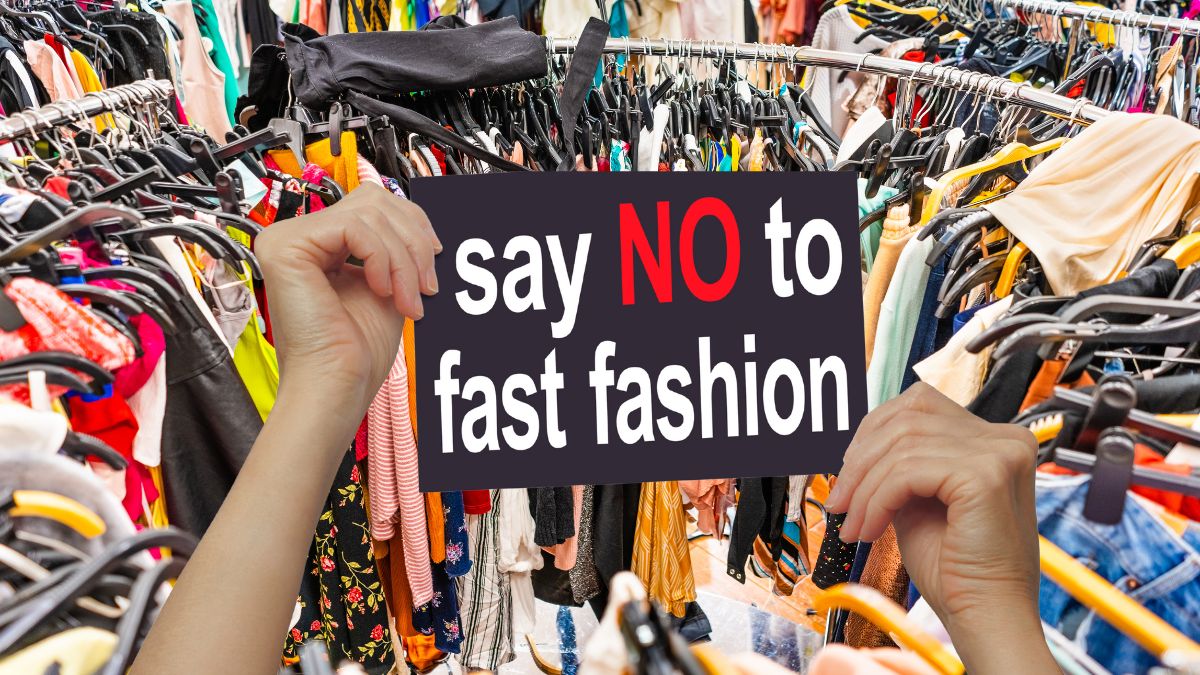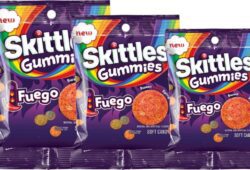
Sustainability has ceased to be a passing trend and has become a real demand from young consumers. According to Statista’s study “Generation Z fashion worldwide”, 30% of Gen Z already avoids fast fashion as a way to put pressure on the industry in the face of the climate crisis. Another third say they plan to adopt this habit soon, making it clear that fashion brands can no longer ignore this change in behavior.
ALSO READ. Gen Z doesn’t buy products, they buy causes: Marketing with a purpose or it’s not marketing
Why is Gen Z stopping buying fast fashion?
The Statista report identifies the main motivation behind this decision as concern about the environmental impact of the fashion industry, considered one of the most polluting in the world. This group of consumers is more aware of the life cycle of clothing, from production to disposal, and demands more responsible processes from brands.
Unlike previous generations, Gen Z is willing to penalize companies that do not show a clear commitment to sustainability, which translates directly into changes in their consumption habits.
ALSO READ. Marketing trends 2025: Millennials, Gen Z and the boom in social media shopping
What does “sustainable fashion” mean to young people?
For Gen Z, sustainability in fashion is not limited to using recycled materials or launching “green” advertising campaigns. The Statista report points out that, especially in Europe, the most valued proofs of sustainability are official certifications (37%) and detailed corporate information (37%).
This shows that symbolic actions or superficial marketing have little effect. Young people want concrete evidence: audits, recognized seals, and verifiable data on environmental footprint and labor conditions.
Are they willing to pay more for sustainable fashion?
The study reveals that in Europe a third of young people would pay up to 10% more for a sustainable fashion product. However, another 26% are not willing to pay any extra, which poses a challenge for brands: offering responsible clothing without skyrocketing prices.
This implies optimizing processes, improving supply chain efficiency, and clearly communicating why a sustainable product has added value.
What role does second-hand fashion play in this change?
Resale and second-hand fashion — also known as preloved — are key elements in the transition to more responsible consumption. According to Statista, 26% of young Europeans reject second-hand clothing mainly due to hygiene reasons or distrust of quality.
Even so, platforms like Depop, Vinted, or ThredUp have grown notably among consumers in the U.S. and Europe, and the trend is expected to continue if brands provide guarantees, cleaning processes, and quality certification for resold garments.
How does Gen Z behave regarding sustainability?
In the United States, sustainability is part of the conversation, but the data shows that purchasing behavior is still closely tied to brand experience and social validation.
- 19% avoid brands without fair labor practices.
- 26% turn to second-hand options before buying new.
- 46% are discouraged if they don’t find independent reviews supporting a brand’s quality and reputation.
The data seems to confirm that transparency and trust are as important as the “eco-friendly” label.
In China, the fashion market is growing rapidly, but the main focus for young consumers remains design, exclusivity, and perceived value. Although sustainability is starting to gain visibility, it is not yet the decisive factor for most.
In Japan, the Statista report reveals that awareness of the term “sustainable fashion” reaches 43% among young people aged 15 to 19, a figure that indicates an opportunity for brand education and positioning in the long term. In countries such as Indonesia and India, the priority remains comfort, affordable price, and durability rather than eco-credentials.
What strategies can brands adopt to respond to this demand?
- Radical transparency: publish sustainability reports with clear, verified metrics.
- Official certifications: invest in recognized seals that support responsible practices.
- Consumer education: explain fashion’s impact and how each purchase can make a difference.
- Recommerce with guarantees: offer certified, sanitized second-hand clothing with quality control.
- Innovation in materials: develop recycled or low-impact fabrics without sacrificing design.
- Competitive pricing: reduce the price gap between sustainable and conventional fashion.
Is sustainability a competitive advantage or an obligation?
According to Statista, for Gen Z sustainability is no longer a differentiating value: it is the starting point for considering a brand. Those that do not adapt risk losing relevance to competitors that integrate responsible practices genuinely and visibly.
Sustainable fashion has gone from being a niche to becoming a standard demanded by a more informed, connected, and critical consumer. In this scenario, brands that combine environmental commitment, accessibility, and creative proposals will be the ones leading the market in the next decade.









